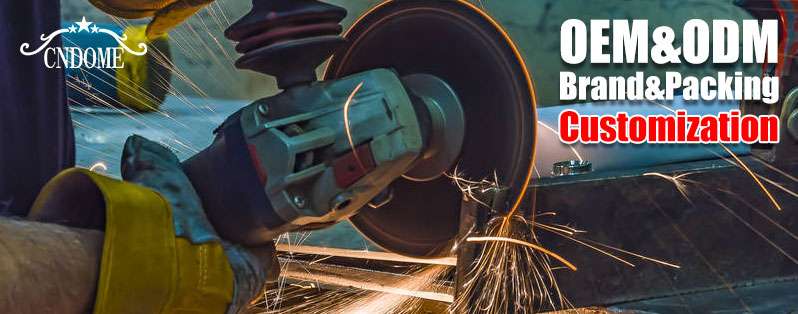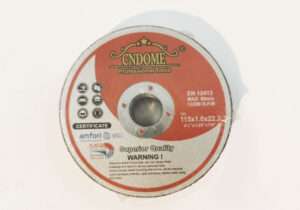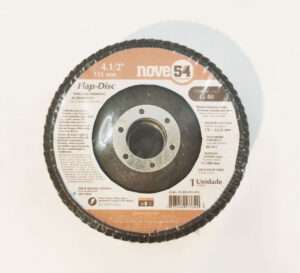When it comes to abrasive wheel, their packaging plays a crucial role in ensuring not only their protection but also the safety of those handling them. Abrasive wheels are widely used in various industries for grinding, cutting, and polishing tasks, making their packaging essential for maintaining their integrity and usability. Let’s delve into the common types of packaging used for abrasive wheels:
1. Cardboard Boxes:
Cardboard boxes are among the most basic and widely used packaging for abrasive wheels. They are cost-effective, lightweight, and provide sufficient protection for transportation and storage. These boxes typically feature cushioning materials such as foam inserts or cardboard dividers to prevent damage during handling and transit. While cardboard boxes offer adequate protection, they may not be suitable for long-term storage in environments prone to moisture or other contaminants.
2. Plastic Containers:
Plastic containers offer enhanced durability and protection compared to cardboard boxes. They are resistant to moisture, chemicals, and impact, making them ideal for storing abrasive wheels in harsher environments such as workshops or construction sites. Plastic containers often feature secure closures, such as snap-on lids or locking mechanisms, to prevent spillage and ensure the integrity of the contents. Additionally, transparent plastic containers allow for easy identification of the abrasive wheel type and condition.
3. Pallets and Shrink Wrap:
For larger quantities of abrasive wheels or bulk shipments, pallets and shrink wrap are commonly used for packaging. Abrasive wheels are stacked on pallets and secured in place with shrink wrap or strapping. This packaging method facilitates efficient handling and transportation using forklifts or pallet jacks. Pallets provide stability and support, minimizing the risk of damage to the abrasive wheels during transit. However, proper stacking and securing techniques are essential to prevent shifting or toppling during transportation.
4. Corrugated Cardboard Tubes:
Corrugated cardboard tubes are employed for packaging certain types of abrasive wheels, particularly those with a cylindrical shape, such as grinding wheel or abrasive belts. These tubes offer protection against crushing and impact, ensuring the integrity of the abrasive surface. Additionally, cardboard tubes are lightweight and recyclable, aligning with sustainability initiatives. However, they may not provide sufficient protection against moisture or environmental contaminants compared to other packaging options.
5. Foam Inserts and Cases:
Foam inserts and cases provide customized packaging solutions for abrasive wheels, offering tailored protection for specific shapes and sizes. These cases may feature rigid exteriors, such as plastic or aluminum, for added durability and protection against external forces. Foam inserts and cases are commonly used for high-value or fragile abrasive wheels where maximum protection is paramount.
Conclusion:
Understanding the common packaging types for abrasive wheels is essential for ensuring their safe handling, transportation, and storage. Whether utilizing cardboard boxes, plastic containers, pallets, corrugated cardboard tubes, or foam inserts and cases, selecting the appropriate packaging depends on factors such as the quantity, size, shape, and intended use of the abrasive wheels. By employing proper packaging methods, businesses can mitigate the risk of damage, enhance workplace safety, and optimize the efficiency of abrasive wheel operations.



